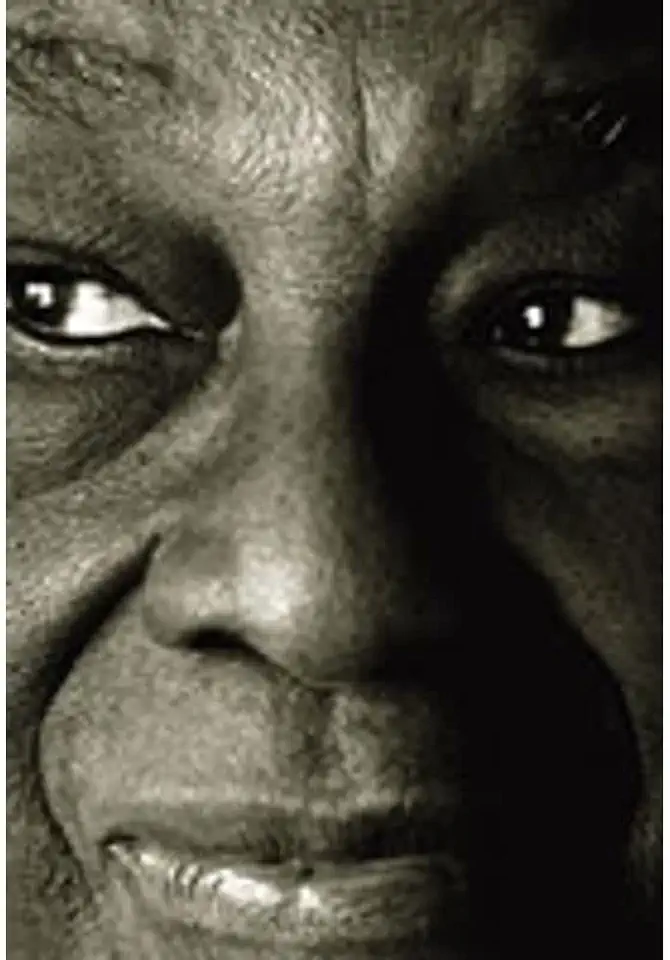
The Distorted Country - Milton Santos
The Distorted Country: A Geography of Brazil
Introduction
In his seminal work, "The Distorted Country: A Geography of Brazil," renowned Brazilian geographer Milton Santos presents a comprehensive and thought-provoking analysis of the social, economic, and political forces that have shaped Brazil's development. Santos argues that Brazil's history is marked by a persistent pattern of spatial inequality, with the country's wealth and resources concentrated in the hands of a small elite while the majority of the population lives in poverty. This distortion, Santos contends, is the result of a combination of factors, including colonialism, imperialism, and the country's own internal power structures.
Spatial Inequality
Santos begins his analysis by examining the spatial distribution of wealth and resources in Brazil. He shows that the country is divided into two distinct regions: the developed Southeast and the underdeveloped Northeast. The Southeast, home to Brazil's largest cities and most productive agricultural regions, accounts for the majority of the country's wealth and income. In contrast, the Northeast, a region plagued by poverty, drought, and environmental degradation, is home to a large portion of Brazil's poorest citizens.
Santos argues that this spatial inequality is the result of a long history of colonialism and imperialism. During the colonial period, Brazil was exploited by Portugal as a source of raw materials and a market for Portuguese goods. This extractive economy left Brazil with a legacy of underdevelopment and inequality that persists to this day.
Internal Power Structures
In addition to colonialism and imperialism, Santos also identifies internal power structures as a major cause of Brazil's spatial inequality. He argues that the country's political and economic elites have historically concentrated wealth and resources in their own hands, at the expense of the majority of the population. This concentration of power has led to a lack of investment in social programs and infrastructure in the Northeast, further exacerbating the region's poverty and underdevelopment.
The Distorted Country
Santos' analysis of Brazil's spatial inequality leads him to conclude that the country is a "distorted country." He argues that Brazil's development has been distorted by the forces of colonialism, imperialism, and internal power structures, resulting in a society that is deeply divided along spatial lines. This distortion, Santos contends, is a major obstacle to Brazil's progress and must be addressed if the country is to achieve sustainable development.
Conclusion
"The Distorted Country" is a powerful and provocative analysis of Brazil's development. Santos' work is essential reading for anyone interested in understanding the complex social, economic, and political forces that have shaped Brazil's history. His insights into spatial inequality and the distorted nature of Brazil's development provide a valuable framework for understanding the challenges facing the country today.
Why You Should Read This Book
"The Distorted Country" is a must-read for anyone interested in Brazil, Latin America, or development studies. Santos' work is a classic of geographical scholarship and offers a unique perspective on the challenges facing Brazil today. His insights into spatial inequality and the distorted nature of Brazil's development are essential for understanding the country's past, present, and future.
If you are interested in learning more about Brazil, or if you are simply interested in understanding the complex social, economic, and political forces that shape our world, then I highly recommend reading "The Distorted Country." This book will challenge your assumptions about Brazil and leave you with a deeper understanding of the challenges facing the country today.